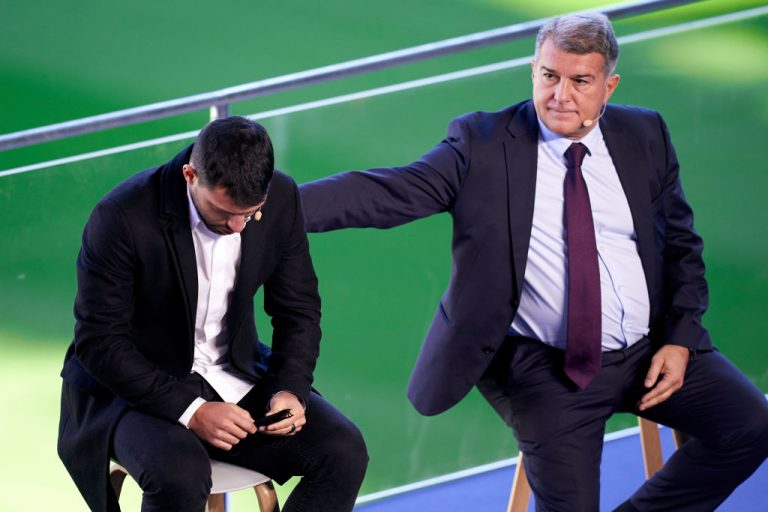As the number of professional, semi-professional, and student athletes suffering from sudden collapses and/or death outside of North America continue to pile up, the manifestation goes mostly unreported in media despite a staggering increase of incidences compared to previous years.
Some of the most recent cases involve a quartet of soccer players, all isolated instances involving pros from four different countries, who suddenly suffered heart failure and passed away:
- 29-year-old Oman Professional League player Mukhaled al Raqadi died on Dec. 22. According to the Oman Daily Observer, after collapsing during pre-game warmup, al Raqadi was taken by ambulance to hospital. Cause of death is noted as a heart attack.
- 23-year-old Egyptian League goalkeeper Ahmed Amin also died on Dec. 22. According to Egypt soccer news website King Fut, Amin also suddenly collapsed after a training session. Amin was taken by ambulance to hospital. Cause of death was noted as cardiac arrest.
- 23-year-old Croatian League player Marin Cacic suddenly collapsed after training on Dec. 19, according to his club’s Facebook page. After being sent to hospital and diagnosed with heart failure, Cacic was put into a medically induced coma. He passed away four days later on Dec. 23, according to UK-based The Mirror.
- 28-year-old Algerian player Sofiane Loukar first collided with his goalkeeper during a Christmas Day match. According to a Reuters article, after the incident, Loukar received treatment and returned to play. Ten minutes later, Loukar collapsed, was rushed to hospital, and died of a heart attack while en route.
Although the details surrounding these instances are sparse in the English language, a Spanish language Twitter account posted video of medical staff attempting to resuscitate Loukar on field, including footage of teammates who escorted the fallen player to the hospital crying in the hallway after his death.
As for Ahmed Amin, website MiddleEast-in-24 alleges to have “contacted a person close to Amin” who stated, “Ahmed felt pain 10 days ago, and he went to the doctor to check his condition, especially since he was repeatedly fainting.”
RELATED READING:
- Multiple European Pro Athletes Suddenly Suffer Significant Heart Injuries
- Leading Fully Vaccinated NHL Team Suffers Sudden 27-Person COVID Outbreak Over 3 Days
- Vaccine Breakthroughs Disrupt College, Professional Football
Success
You are now signed up for our newsletter
Success
Check your email to complete sign up
“The doctor misdiagnosed him and told him that he suffers from gastroesophageal reflux disease…Ahmed told him to undergo an echocardiogram, but the doctor told him that it was not necessary.”
A snowballing trend
Heart issues and death affecting young and otherwise healthy athletes appears to be an increasingly serious trend in 2021. As of time of writing, website Good Sciencing has chronicled 384 instances this year, the majority resulting in death.
While the majority of Good Sciencing’s cases are backed by news stories, some are not. A few instances involve cases involving retired, high profile athletes such as Marvin Hagler and Hank Aaron who passed away suddenly and within proximity of accepting Coronavirus Disease 2019 (COVID-19) vaccination.
Counting collapses and deaths among professional and amateur athletes, staff members, and officials, the website reveals a unique trend of instances, which remained in the single digits January through May, but then suddenly entered double digit territory starting in June with 21 collapses and 13 deaths.
While the numbers steadily increased to 71 collapses and 41 deaths in October, December so far has registered 55 collapses and 35 deaths.
In a Twitter thread, Israeli risk-communication researcher and PhD holder, Yaffa Shir-Raz, examined another set of data published by Hebrew language RT News that found 183 professional athletes and coaches had suffered spontaneous collapse since December of 2020.
The researcher stated that, “To get a better picture of the data compared to previous years, we only looked at data relating to deaths among athletes registered with FIFA,” and that, “In addition, cases were removed from the list in which evidence of previous risk factors was mentioned, such as a heart defect.”
She also noted, “We emphasize that the list we have is even longer, but for the sake of caution, dozens of cases were removed from it in which we did not have full details so that only the cases that were reported in detail remained.”
Shir-Raz found the list contained only 15 female athletes, and the majority of victims are young, aged 17-40. She flagged 80 of the cases as occurring either amid or immediately after active competition or training.
Hebrew University lecturer Dr. Josh Getzko analyzed the data, according to Shir-Raz, comparing figures from Wikipedia’s list of FIFA players who have died while playing between 2001 and 2020, and their own data collection on recent collapses and deaths.
Getzko found that between 2001 and 2020 there was an average of 4.2 deaths per year attributable to sudden cardiac death and sudden unexplained death while playing, compared to 21 already registered this year, an increase of a factor of five.
Establishment confirmation
An article in Canada’s establishment business newspaper, The Globe and Mail, from 2012 titled Why are High-Performance Athletes Having Heart Attacks? casts significant light on the prominence of this manifestation in today’s COVID-19 pandemic and global gene therapy vaccination drive.
The article referenced an on-field heart attack suffered by a 23-year-old British pro, who was fortunate enough to have recovered from his ordeal, along with a 27-year-old Indian player who died “a few days after having cardiac arrest during a match.”
Fitness author Dave McGinn stated, “Stories such as Mr. Muamba’s might shock us – a 23-year-old suffering cardiac arrest? Moreover, a professional athlete in peak physical condition?”
“But it’s not just pros who are felled by cardiac conditions; non-elite athletes who over-exert can be just as prone, and for just the same reasons. When a everyday person who looked to be in good health collapses during exercise, the reasons why are rarely a mystery.”
The comments were made candidly, during a time when healthy young professional athletes dropping dead was shocking because it was not politicized.
Today, mentioning the phenomenon is taboo because exposure may undermine the narrative that experimental and novel global vaccination is safe, effective, and will save humanity from the pandemic.
In the article, several professionals gave comments they simply would not be permitted to utter today. Eric Larose, a cardiologist for the Quebec Heart and Lung Institute, said bluntly, “Most of these guys and women, mostly guys, are dying of very well-known causes.”
The Globe also quoted Chris Simpson, Chief of Cardiology Queen’s University as he lucidly explained the mechanics of heart attacks and cardiac arrest.
“A heart attack is a plumbing problem,” he stated, before being paraphrased as adding, “An artery leading to the heart becomes blocked, usually from cholesterol build-up, and the part of the heart muscle that is fed by that artery becomes damaged.”
Simpson explained, “Cardiac arrest is an electrical problem…The natural rhythm of the heart that generates every heart beat that you have suddenly either just completely stops and becomes electrically silent, or it becomes so fast and erratic that your heart muscle essentially can’t keep up with all the electrical signals and so it just quivers – literally quivers – and it can’t generate any pumping output.”
The cardiologist added, “But one of the things we’ve found recently is that if you take the whole universe of people who just dropped dead at age 23, it turns out that over half of them, in retrospect, had some warning signs.”
Simpson was paraphrased as stating that one major warning sign “is having dizzy spells or passing out during exercise,” a common thread with today’s ever-increasing list of heart-troubled athletes.
“That can be a sign that your heart’s rhythm was out of whack long enough to make you collapse but went back to normal quickly enough to let you wake up.”
Toronto University Health Network cardiologist Harry Rakowski told The Globe that a simple coronary stress test involving a treadmill or stationary bike “can predict whether you have significant coronary disease about 85 per cent of the time,” adding that the diagnostic can also detect electrical issues.
Rakowski said big warnings were chest pain, the feeling of a high heart rate, shortness of breath, or faintness during exercise, noting that if an athlete experiences them “you just have to use common sense and stop.”
“You can’t be so macho that you push yourself to exhaustion and to having a heart attack or a fatal rhythm problem.”

















